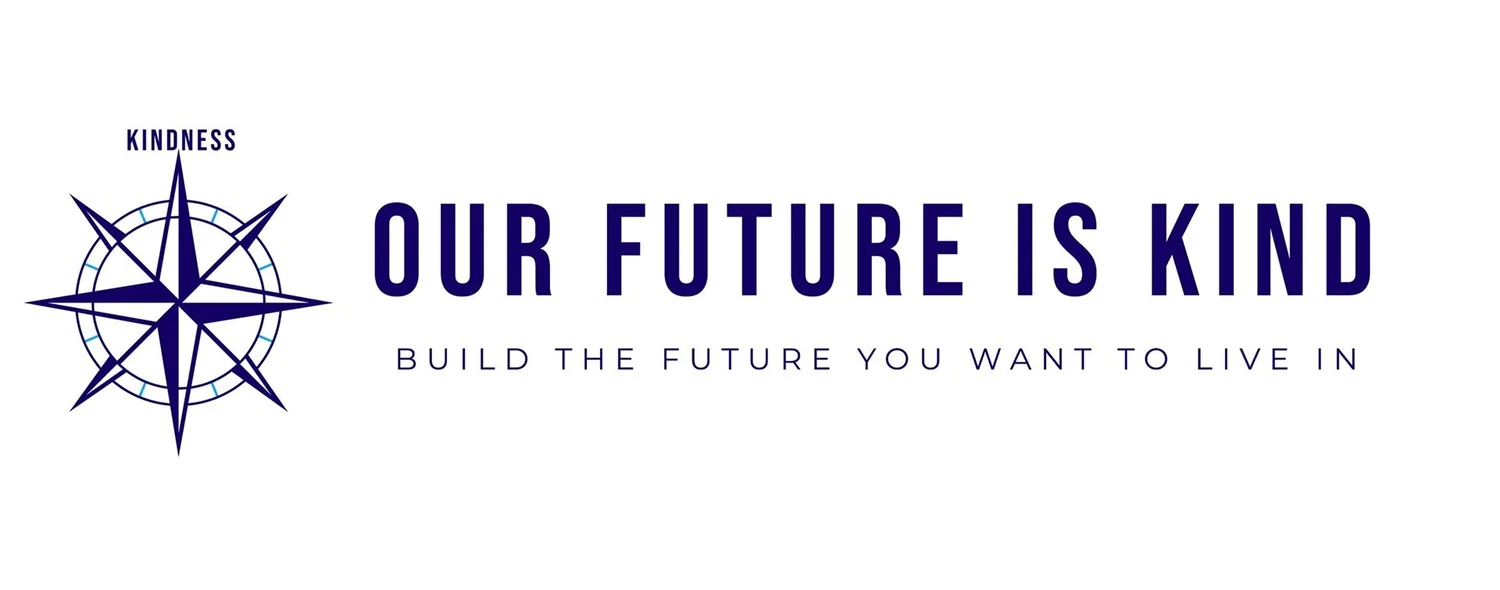The Invisible Forces at Work
Date: January 1. 2024
Written by: Marc Bjørnholt
Workplaces are often defined by the visible elements—roles, processes, and goals—but beneath the surface lies a complex web of unseen forces shaping everything. It’s vital to understand these invisible forces to avoid unpleasant surprises. Those invisible forces impact how others interact with us, and the leader who fails to read between the lines risks being ill-prepared for large-scale conflicts at work due to historic or unspoken disagreements and employees not feeling seen, heard, or understood.
Collective Energy as your advantage
Have you ever walked into a room and sensed the mood without anyone saying a word? That’s collective energy at play. In the workplace, this can manifest through shared values, expectations, feelings, and norms. When nurtured intentionally, this energy can become a driving force for innovation, trust, and purpose, and leaders who seek to understand everyone’s opinions, challenges, needs, and wants without judging them can create an environment where everyone thrives.
The key here is to be proactive as a leader and go build bonds of trust with colleagues rather than waiting to understand after large conflicts arise with. When employees feel heard and respected, they can better contribute to the fullest extent. Addressing these hidden obstacles unlocks creativity, fosters collaboration, and builds resilience within teams.
Acts of kindness, even small ones, can have profound impacts. A kind gesture or supportive word can ripple through teams, improving morale and strengthening relationships. By weaving kindness into our daily interactions, we influence these invisible forces in meaningful ways.
Multicultural Forces
A strategy that works particularly well in a multicultural environment with people of many different nationalities is to try and put yourself in the shoes of someone from a distinctly different culture. In the USA, many people are direct and straight to the point when discussing work-based issues. When a co-worker from a different culture is being passive, it could look as if they are shy or just don’t care, but it’s important to remember that a lot of cultures have hierarchical, indirect, and non-confrontational ways of discussing issues. One idea could be to try to understand how they’re used to doing things and try to create a more balanced approach to workplace communication as a kind of compromise and way of recognizing their needs in the workplace.
When you are trying to understand someone’s culture, please keep in mind that people are not stereotypical depictions of the culture that they’re from. There are always individual differences and personalities that get in the way of using stereotypes to accurately assess someone coming from a different culture.
Whatever the invisible forces may be, they are always present at work—shaping outcomes, relationships, and culture. The question is: how will you harness those forces to create a better future?

